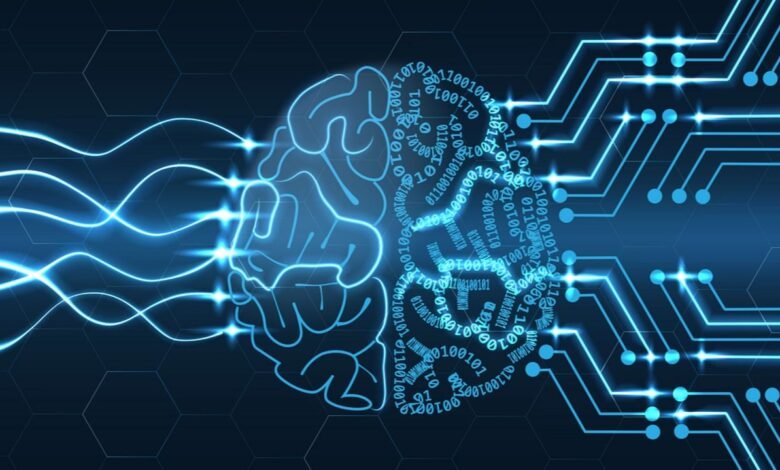Deep Learning for Computer Vision: A Comprehensive Guide

Have you ever wondered how Facebook recognizes faces in your photos? Or how self-driving cars can identify objects on the road? It’s the magic of deep learning applied to computer vision!
Introduction to Deep Learning for Computer Vision
Deep learning, a subtype of machine learning, has swept the technological world. It’s a technique that uses neural networks with many layers (hence “deep”) to analyze various data factors. With the power of deep learning, machines can replicate human-like decision-making patterns.

What is Computer Vision?
A branch of artificial intelligence AI called computer vision enables machines to analyze and decide based on visual data. Imagine giving the power of sight to a computer; that’s essentially what computer vision accomplishes.
The Intersection: Deep Learning in Computer Vision
So, when meets deep learning for computer vision, what happens?
Image Classification
The most basic task! You know when your phone sorts photos by categories like “beach,” “dogs,” or “sunset”? That’s image classification. Deep learning models identify and categorize images into predefined classes.
Object Detection
Ever used Snapchat filters? When a flower crown appears on your head, it’s because deep learning algorithms detect the position of your face and eyes.
Semantic Segmentation
Think of self-driving cars. To operate safely, they must recognize every object around them – cars, pedestrians, traffic lights. This process of classifying every pixel in an image is known as semantic segmentation.
Advantages of Using Deep Learning for Computer Vision
- Improved Accuracy
Deep learning models, with their intricate structures, can achieve high levels of accuracy, often surpassing human capability.

Handling Large Data
Do you have a massive amount of visual data to process? No problem! Deep learning thrives on large datasets.
Versatility and Adaptability
From medical diagnoses to game design, the applications are vast and varied. These models can be trained and retrained, adapting to tasks relatively easily.
Challenges and Limitations
- Data Dependency
For all its prowess, deep learning’s success hinges on the amount of available data. More data might result in better performance.
Complexity
These models can be computational beasts! They often require powerful GPUs and can be time-consuming to train.
Popular Frameworks and Libraries
There are several tools to dive into deep learning for computer vision, like TensorFlow, Keras, and PyTorch. Each has its strengths, tailored to the various needs of developers and researchers.
Future of Deep Learning in Computer Vision
There are no boundaries! Expect to see deep learning in computer vision incorporated increasingly more as technology advances, making our technology smarter, more user-friendly, and more interwoven into our daily lives.
Conclusion
Deep learning for computer vision is reshaping our world. Its impact is profound and far-reaching, from enhancing social media experiences to pioneering autonomous vehicles. So, the next time you see a computer recognizing images, know there’s a deep learning algorithm working behind the scenes.
Rate us our Post (Deep Learning for Computer Vision: A Comprehensive Guide)How much do you like our Article








